April 20, 2022
Top Tips to Grow Citrus
You don’t need an orchard or even a yard to grow your own sun-kissed citrus. But we all sure have lots of questions! So, CTG popped over to The Natural Gardener for advice from Education Coordinator Heather Kendall about cold hardiness, fertilizing tips, and how to tell if our winter-damaged plant is still okay.
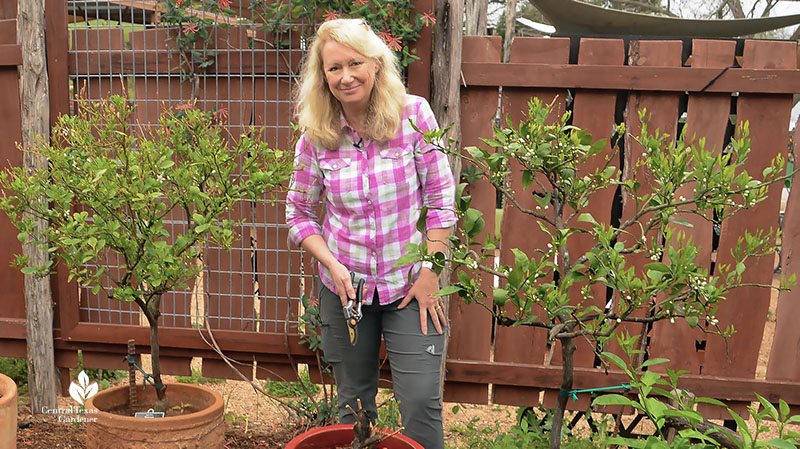
In containers or in the ground, you need at least six hours of sun. In the ground, pick a sheltered spot if you can. Reflected heat from the house also helps in winter.
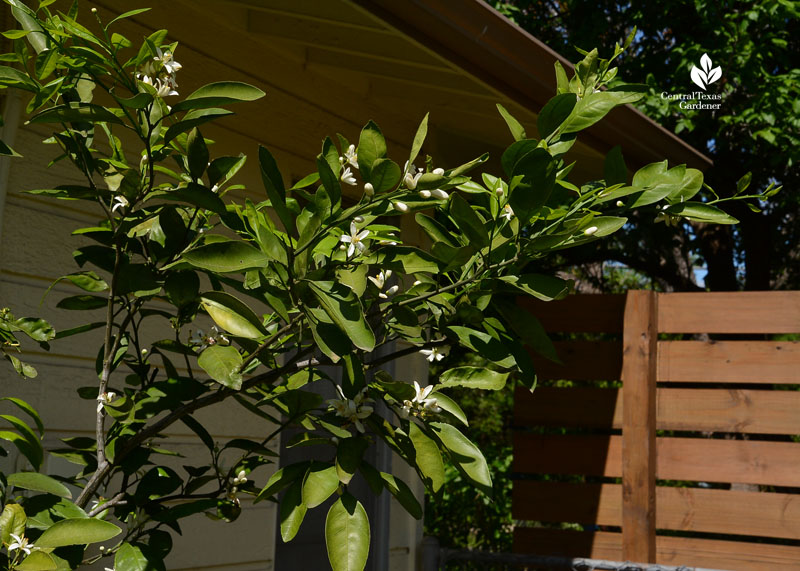
Kumquats are the cold hardiest, down to mid-teens once established. They’re suitable for containers, too. Meiwa and Changshou are two that you’ll often find.
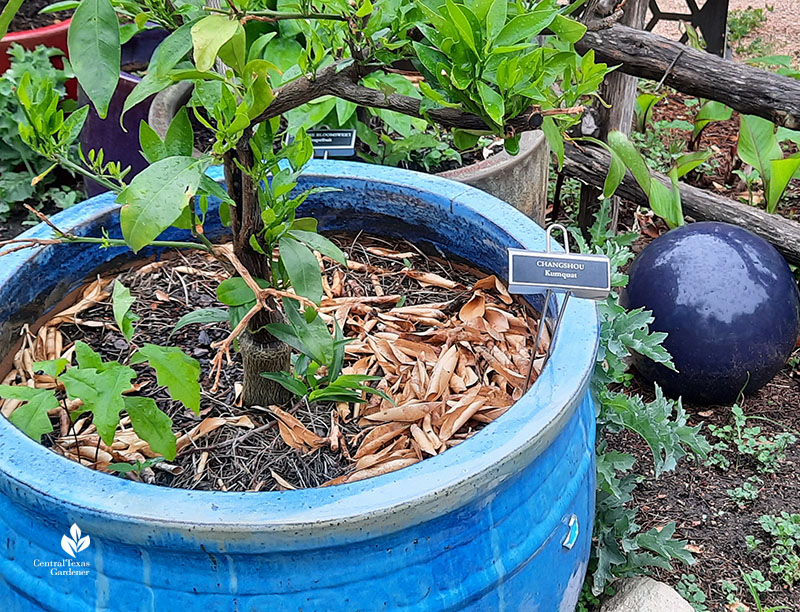
Conversely, limes are the least cold hardy, and can suffer damage below freezing.
Satsumas vary in cold hardiness, but ‘Arctic Frost’, ‘Orange Frost,’ ‘Seto’, ‘Owari’ and ‘Miho’ can survive the upper to mid-teens once established. But, like most of us in February 2021, I lost plants I’ve had for years.
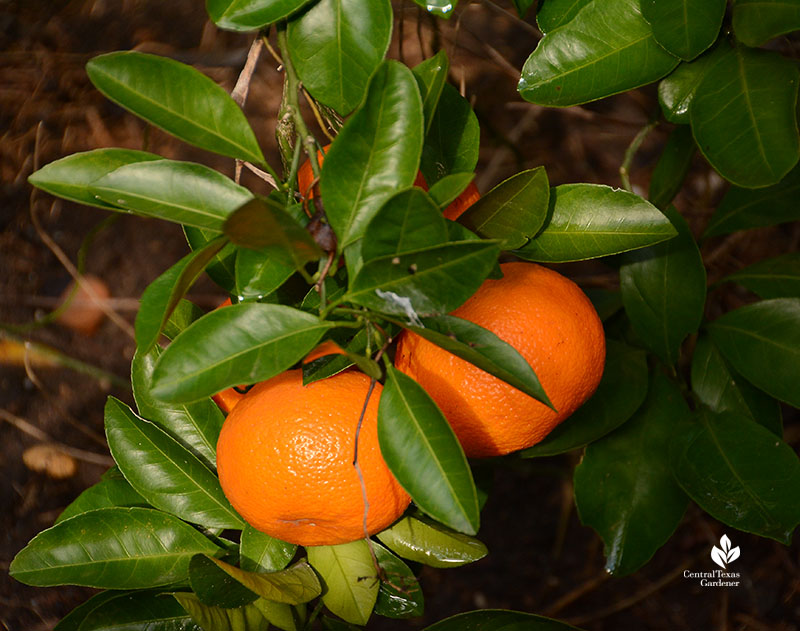
Improved Meyer Lemon is a cross between a lemon and mandarin orange, so it’s a bit sweeter than a regular lemon. They’re cold tolerant to the mid-to-upper 20s (February 2021 excepted).
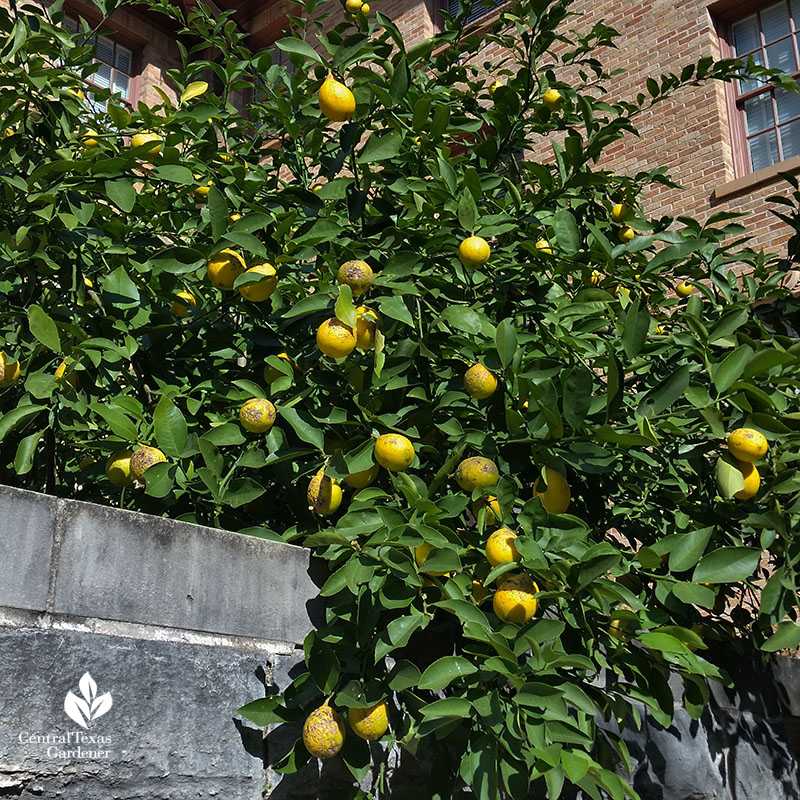
Dwarf Improved Meyer Lemon makes it even easier to grow in large containers.
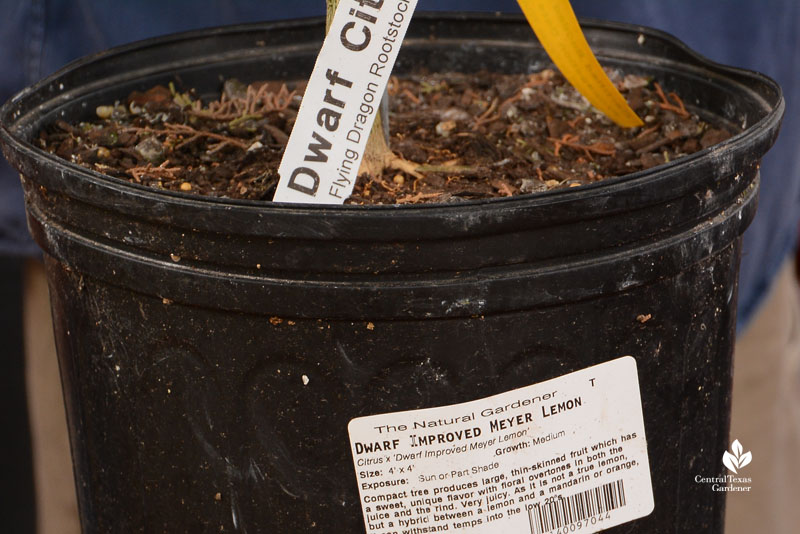
Grapefruits like ‘Rio Red’ can usually handle the upper 20s, but extended freeze can harm or kill them.
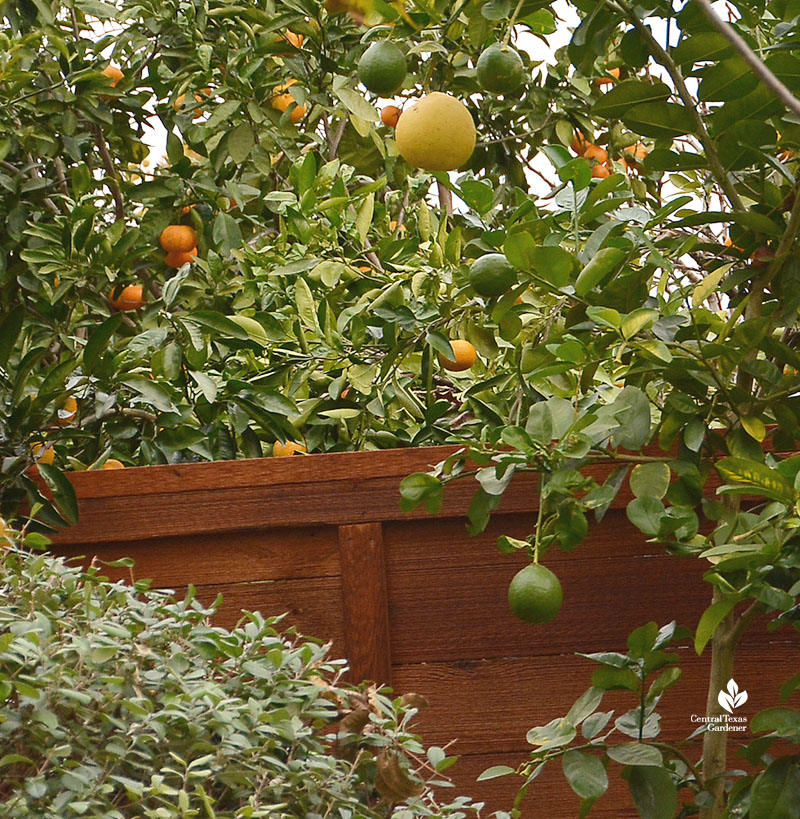
Before a freeze, water your plants deeply. It’s a good practice to mulch in summer, but if you didn’t get around to it, mulch in in fall to protect the roots.
Containers are more susceptible to freeze damage since plants aren’t insulated by the ground’s soil. It’s best to bring them inside if you can.
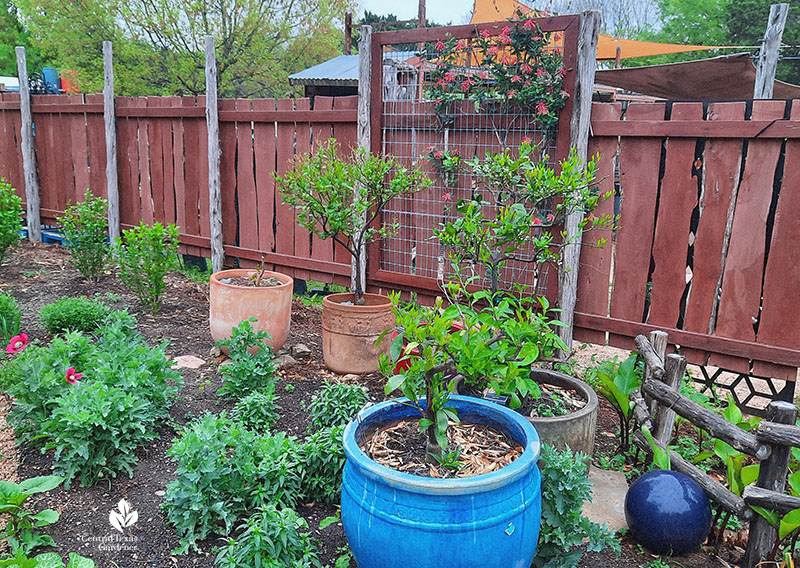
If you can’t move the container, make a cozy tent with blankets or row cover to trap ground heat. Old incandescent holiday lights or even rope lights will add extra heat.
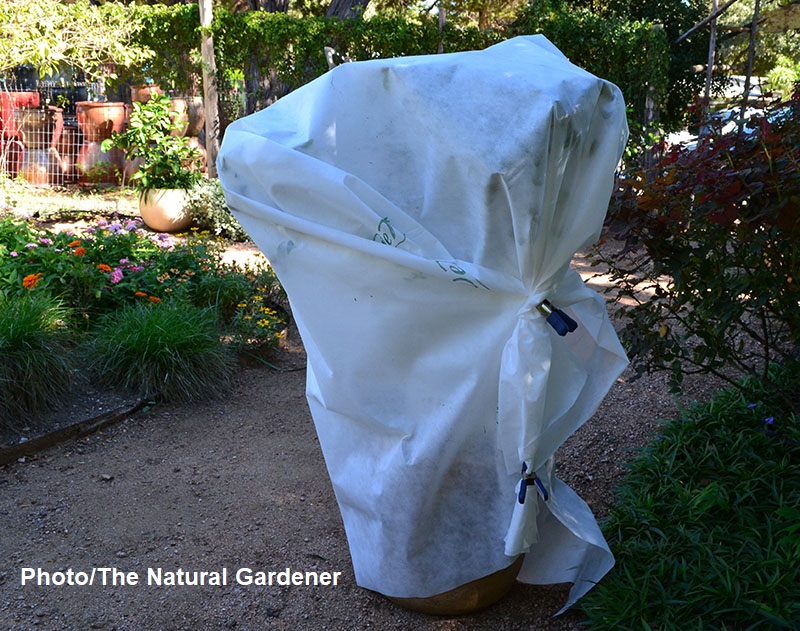
To protect their young Dwarf Meyer Lemon during extended freeze and ice, The Natural Gardener team wrapped it with row cover and topped it with a tent. It came through just fine.
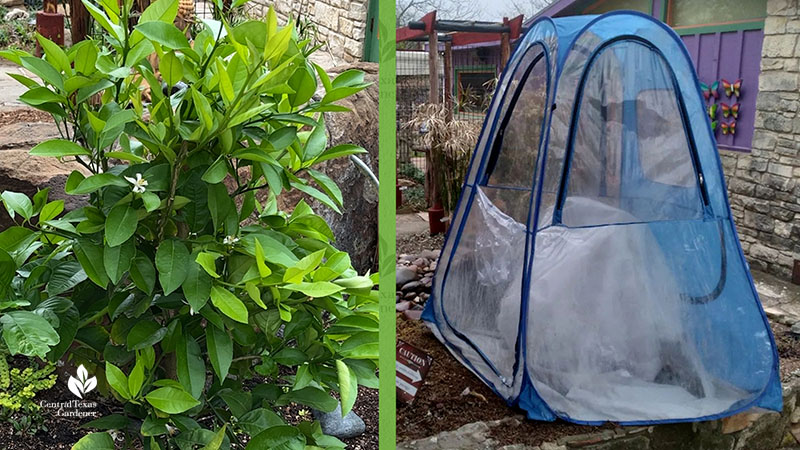
A few weeks ago, Heather simply clipped back freeze-damaged limbs. Already, it’s leafing out with gusto. Aside from freeze or other damage, citrus don’t need pruning unless you want to shape for your space.
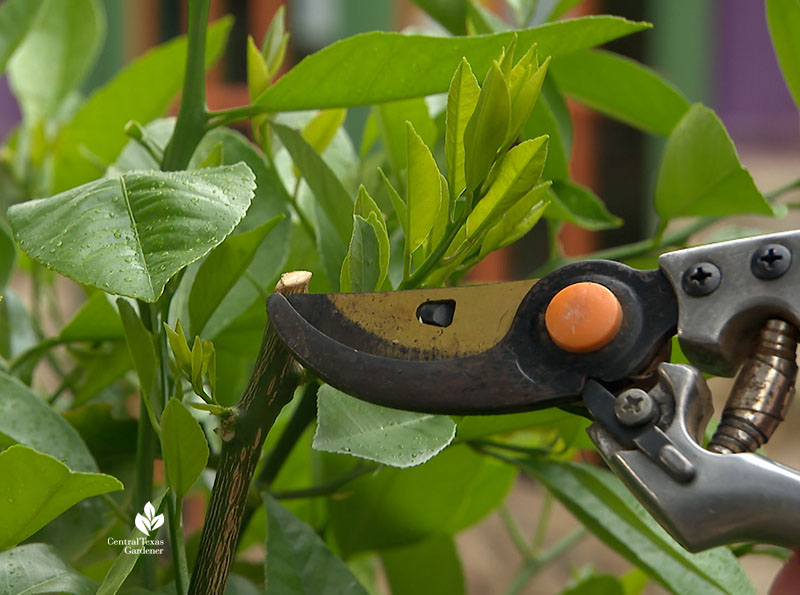
What you need to watch for is growth below the graft. Most citrus are grafted onto rootstock—usually trifoliate (sour) orange. Dwarf varieties may be grafted onto Flying Dragon rootstock.
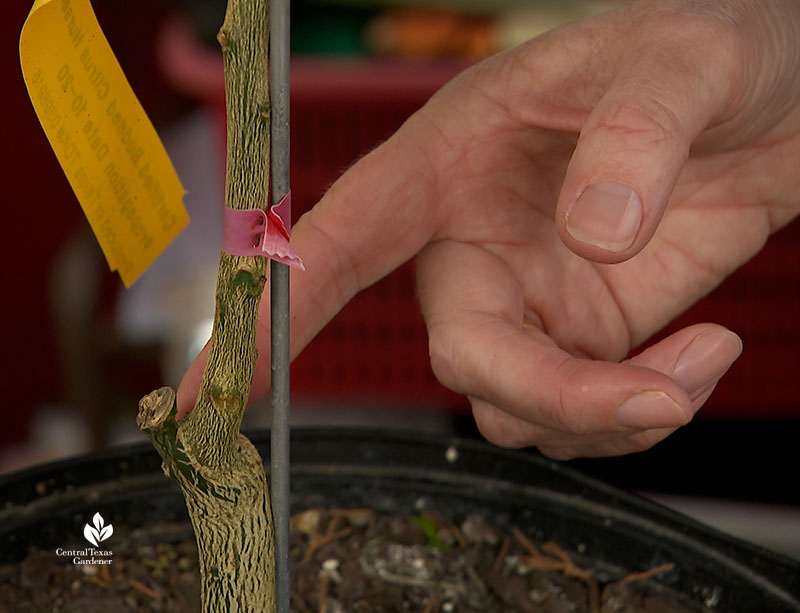
The rootstock is chosen for cold hardiness or other qualities, while the grafted plant (scion) basically favors texture, flavor, and pest resistance. If the scion on top freezes, the rootstock grows back. The trifoliate (sour) orange is a much thornier plant producing tart to sour fruit.
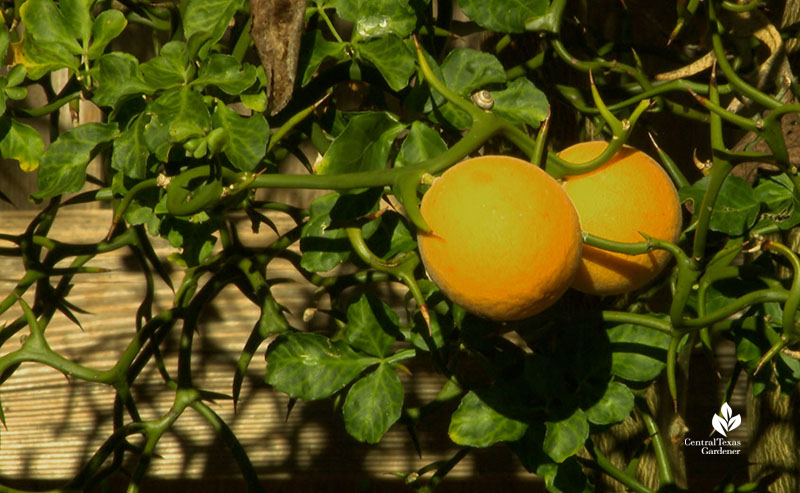
Here’s a mandarin orange that looks pretty awful. But Heather shows off the new shoot that promises a renewed plant.
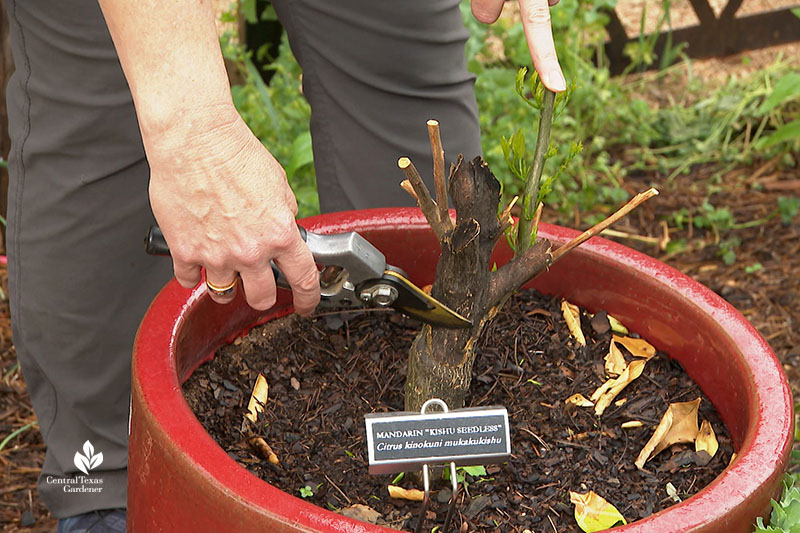
This Changshou kumquat is fine on top. But note the rootstock shoots below the graft. Heather simply snipped off those suckers!
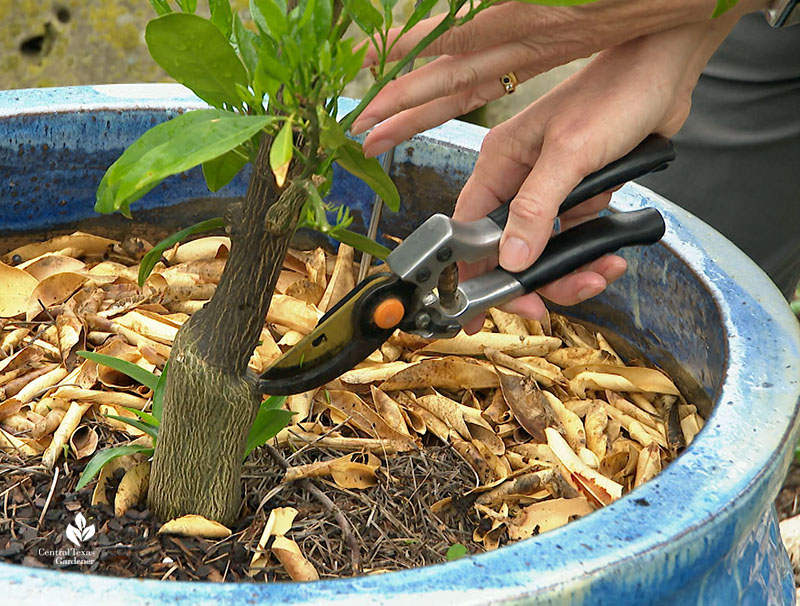
She saved this example to show us when to flat start over: split bark and rootstock shoots below the graft.
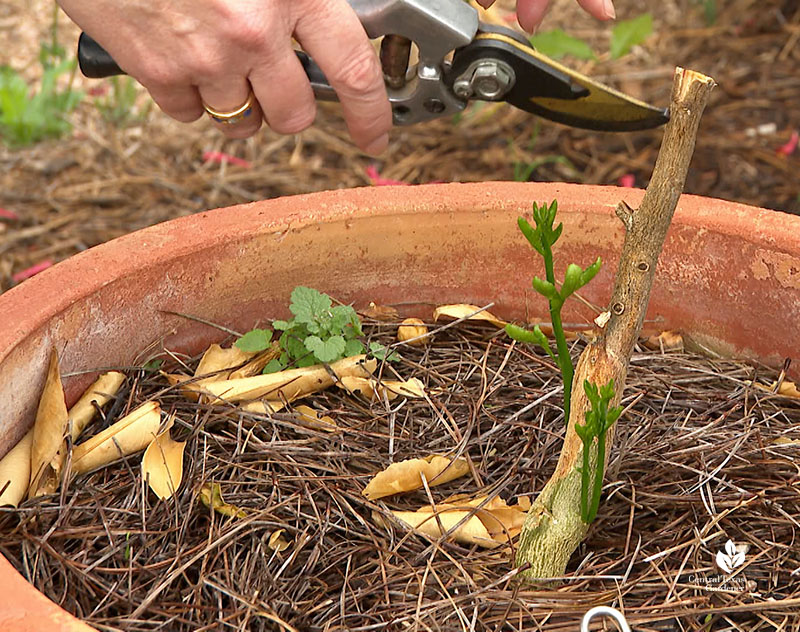
So how do you know when your fruit is ripe and ready to harvest? It takes about six months from when the tree flowers to when it sets fruit, so we’re talking fall. But color isn’t the best test. Try one to see if it’s ready.
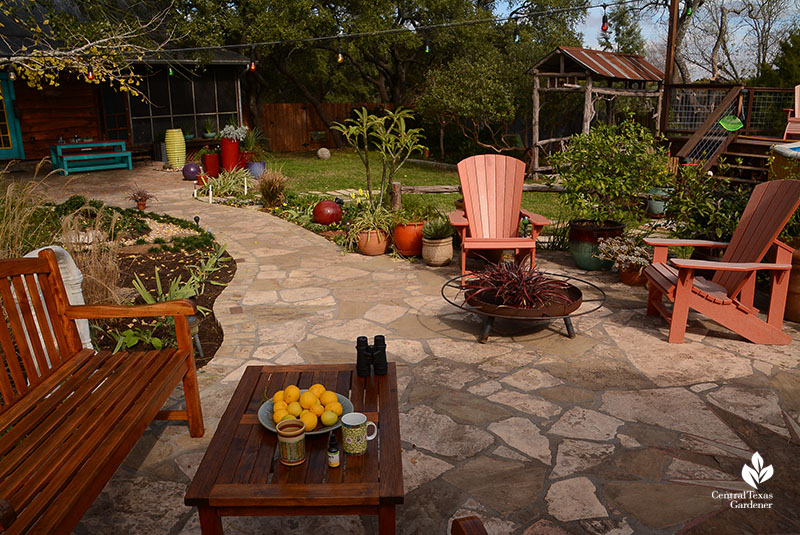
How to fertilize? “They are very heavy feeders of nitrogen, but they don’t need a lot of phosphorus. So don’t assume that you can use the same fertilizer for your roses, for example, that you would use on your citrus,” Heather said.
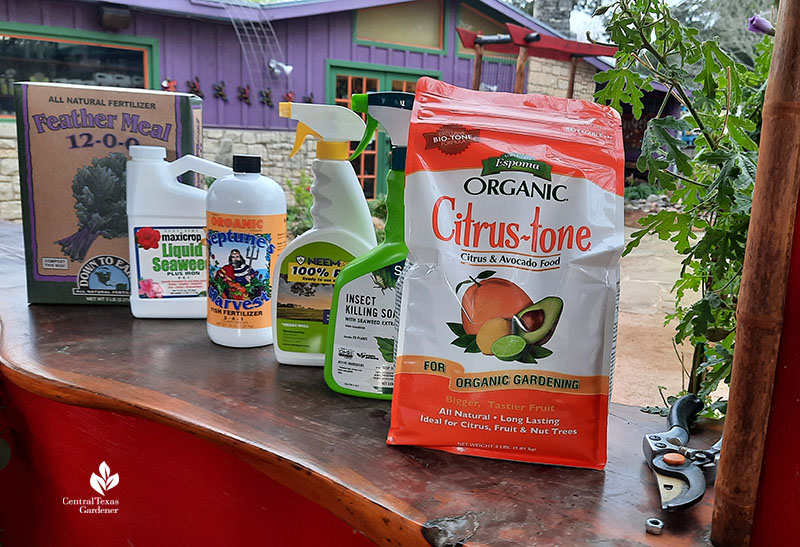
Control scale insects with neem oil, but it’s safer to apply it by wiping it on the branches, twigs, and leaves (including the undersides). Never spray neem oil when bees are active on those fragrant flowers.
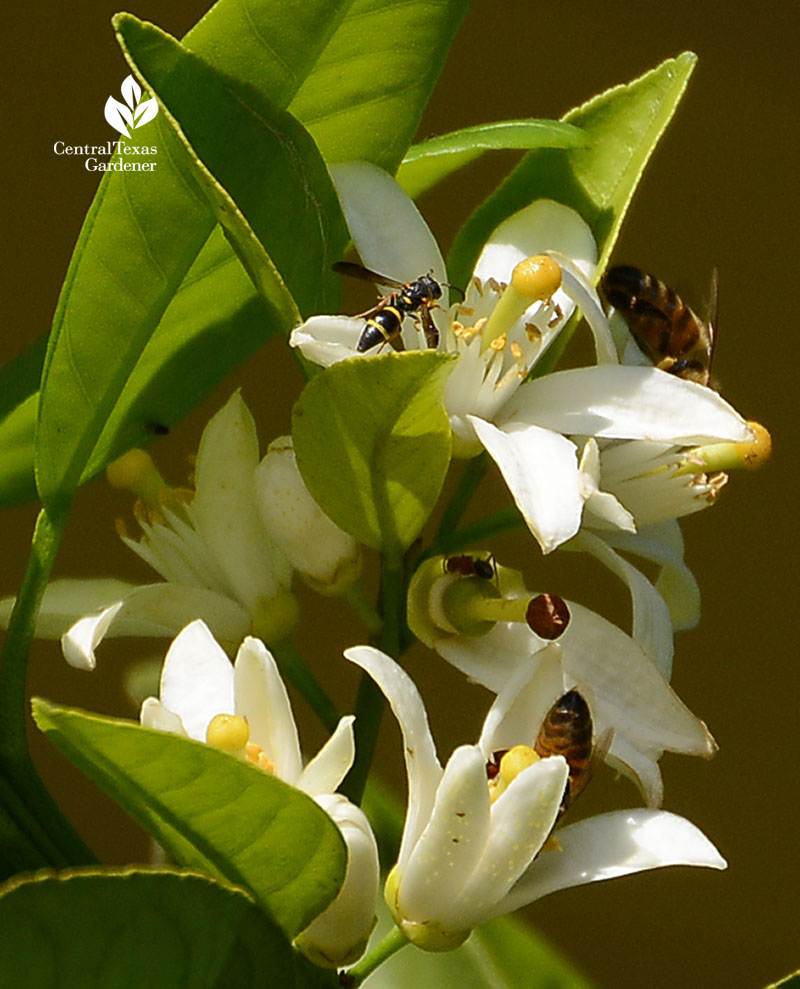
Whiteflies can be a real pest around citrus trees, other garden plants, and houseplants. Repeated applications of insecticidal soap help control them (don’t apply when temps exceed 85°). If outside, blast them off with a water hose.
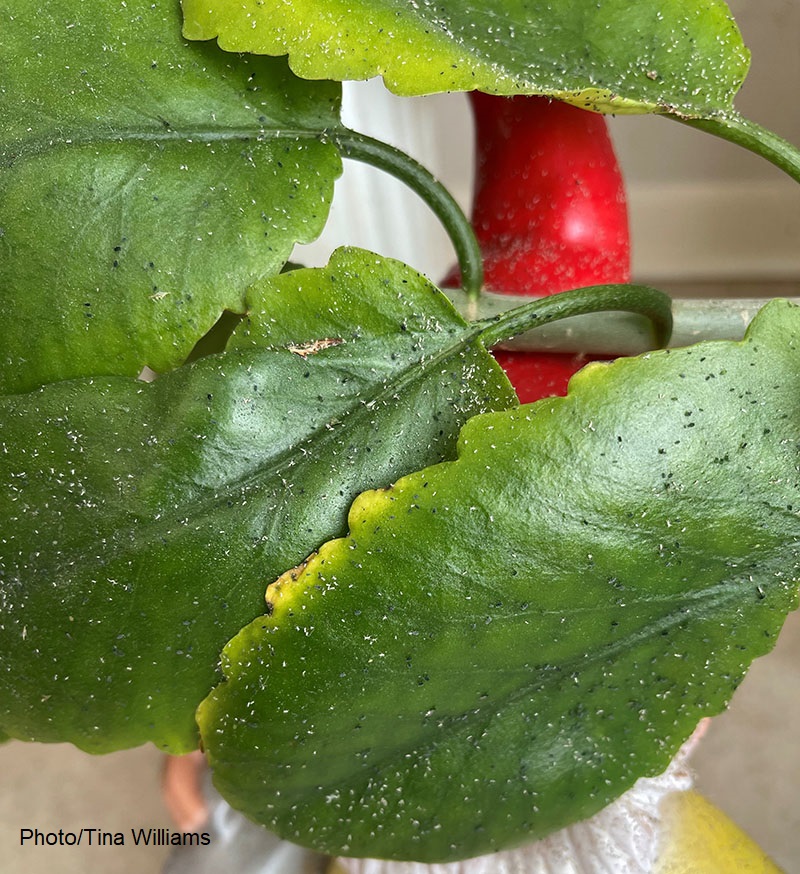
The first two years, The Natural Gardener recommends removing flowers and fruit from your young tree. “You want to make sure that they’ve got a good, healthy framework of roots and mature woody branches to hold the weight of the fruit,” Heather said. In other words, they need to get settled before becoming “parents!”
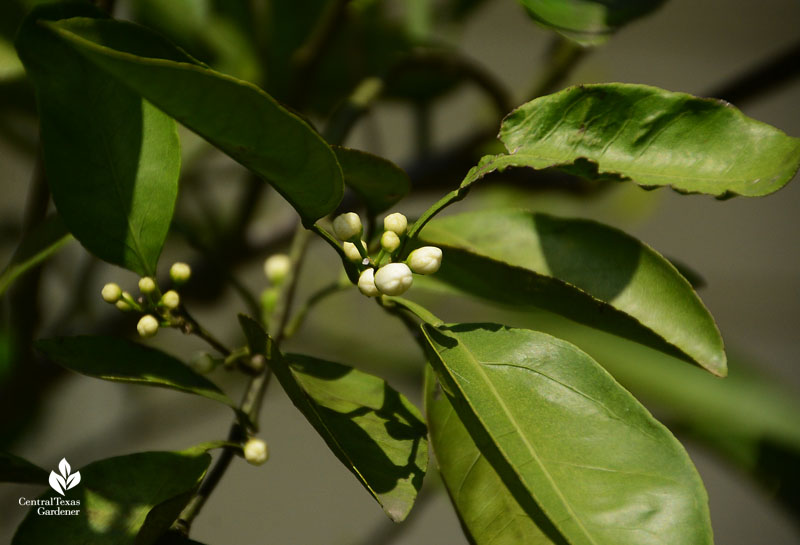
In addition, by Texas state law, all citrus plants must be treated with a systemic neonicotinoid pesticide, which helps prevent citrus greening disease spread by the Asian citrus psyllid. Left unchecked, it could wipe out citrus production in Texas.
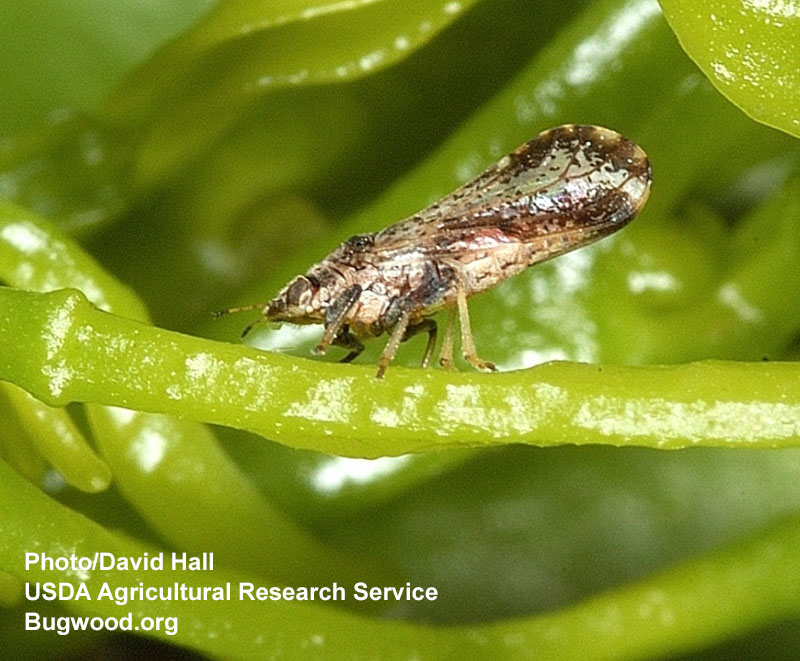
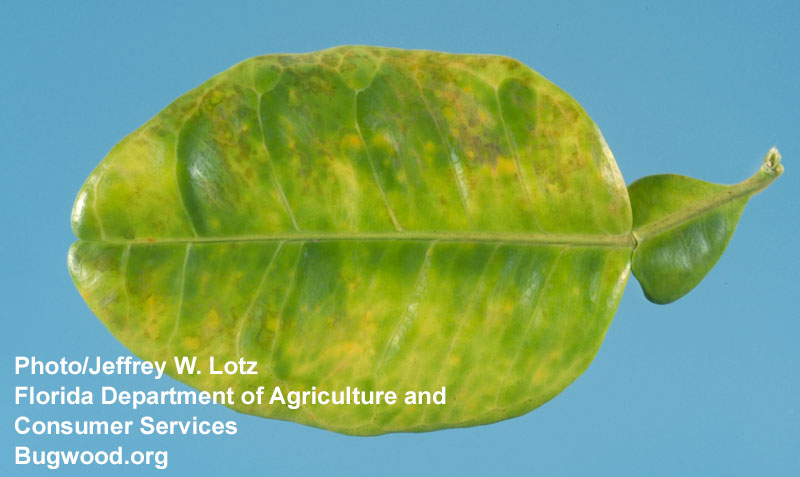
“And so, unfortunately, that means that the fruit and the flowers and the pollen will contain residues of that pesticide. So best to take them off for two years and make sure that all that pesticide residue has gone.”
But you don’t want to squish the caterpillars that camouflage as bird poop! These are the larvae of the Giant Swallowtail butterfly that lay their eggs on citrus plants. The leaves suffer only superficial damage that won’t affect your fruit production. And soon, the adult beauties will grace your garden.
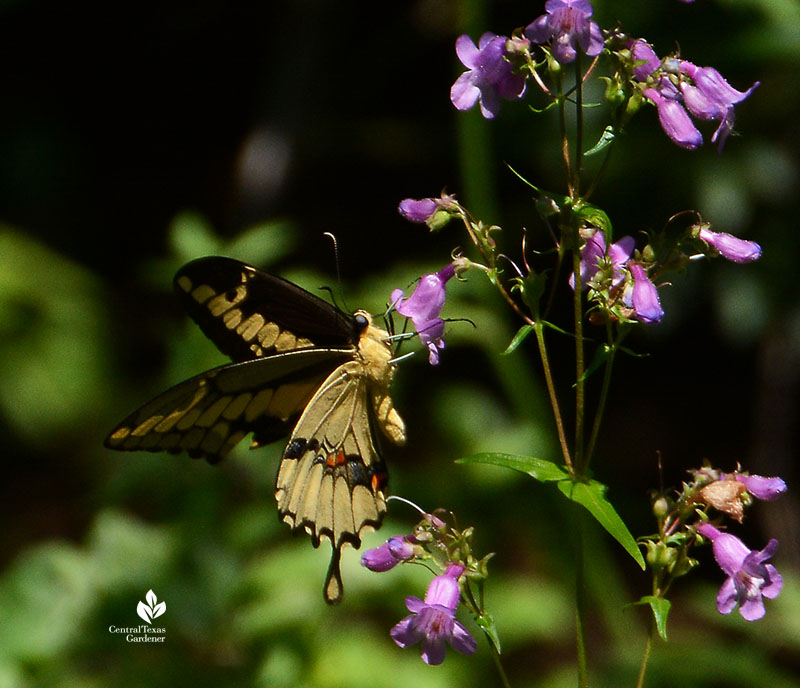
The Natural Gardener’s always held free classes. Check out their super duper May lineup!
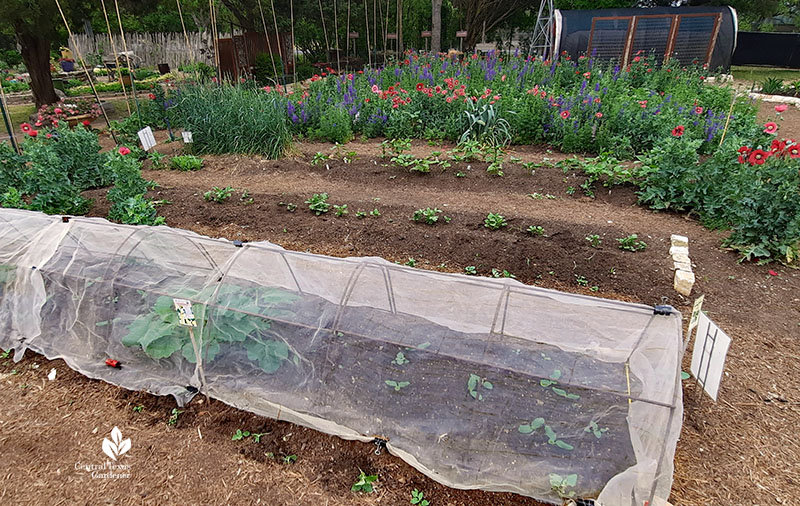
Last week, the Austin City Council (represented by council member Paige Ellis), proclaimed April 12 as John Dromgoole Day! For over 40 years, John’s brought environmentally-responsible gardening into the limelight, truly helping to keep Austin (more) beautiful. And of course, he’s been an invaluable member of the Central Texas Gardener team for years. Congratulations, John, from all of us at Austin PBS!
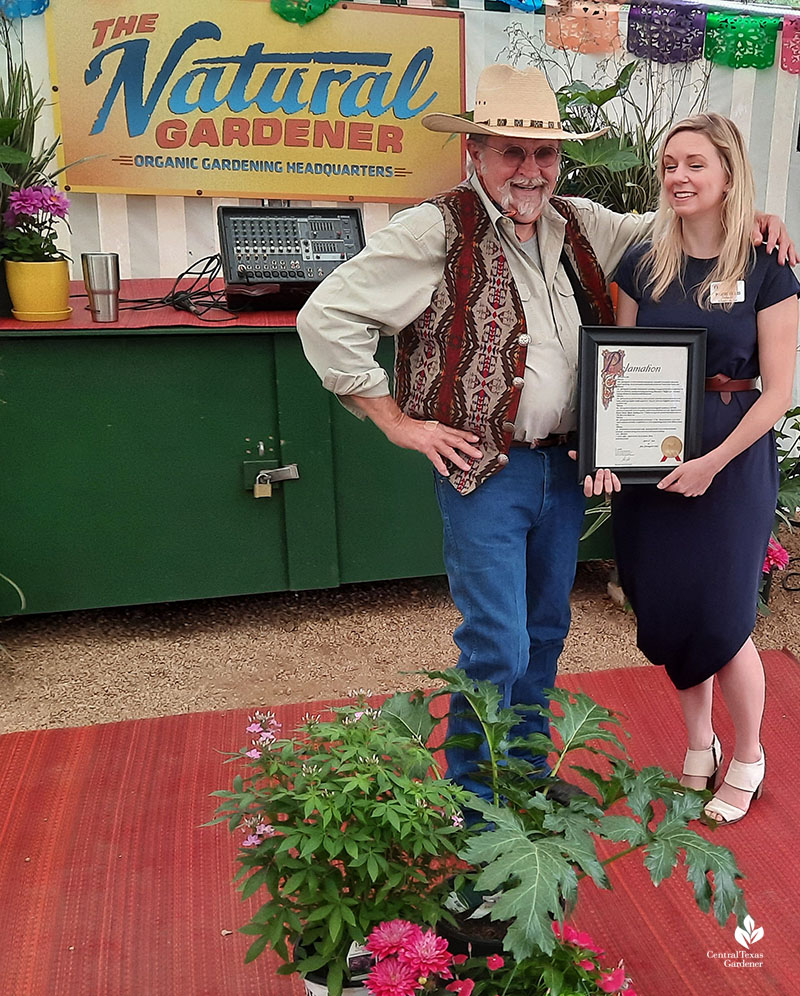
Watch now for all of Heather’s tips!
Thanks for stopping by!
Linda
tags:

